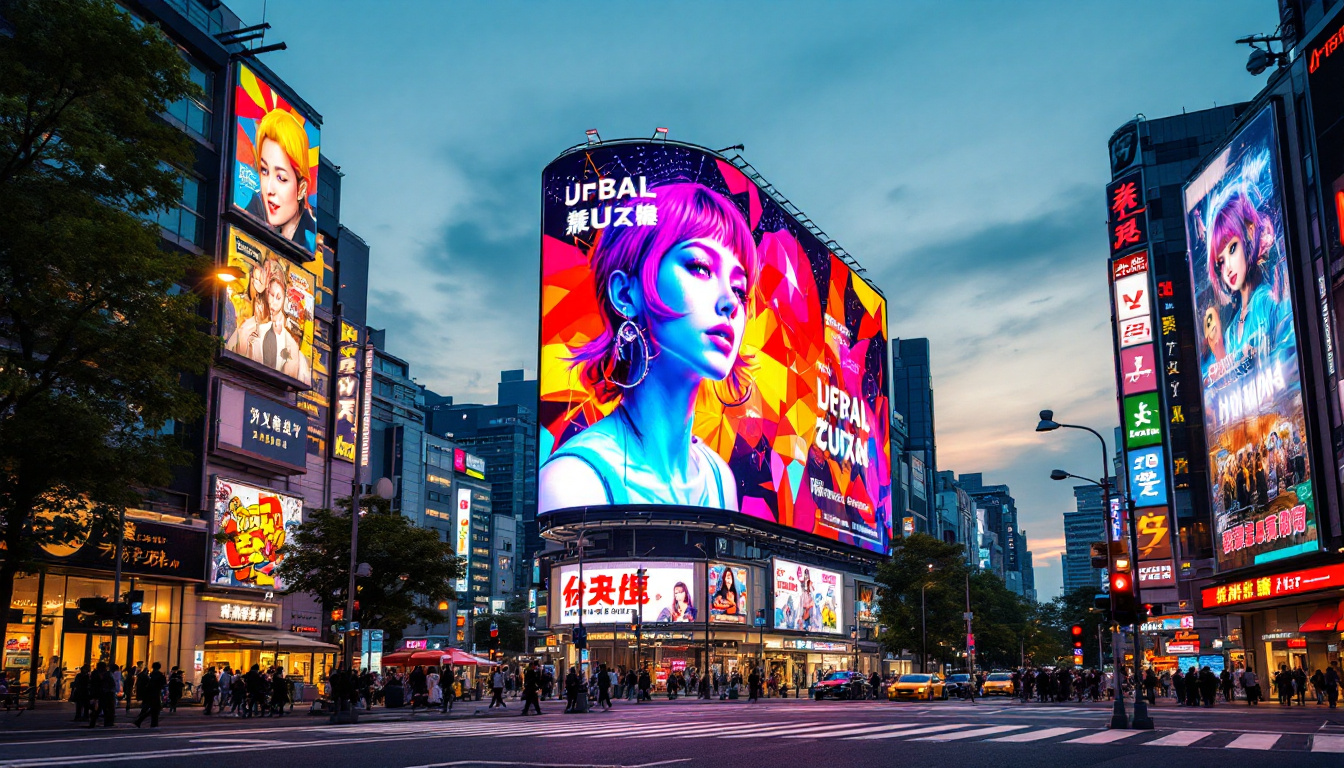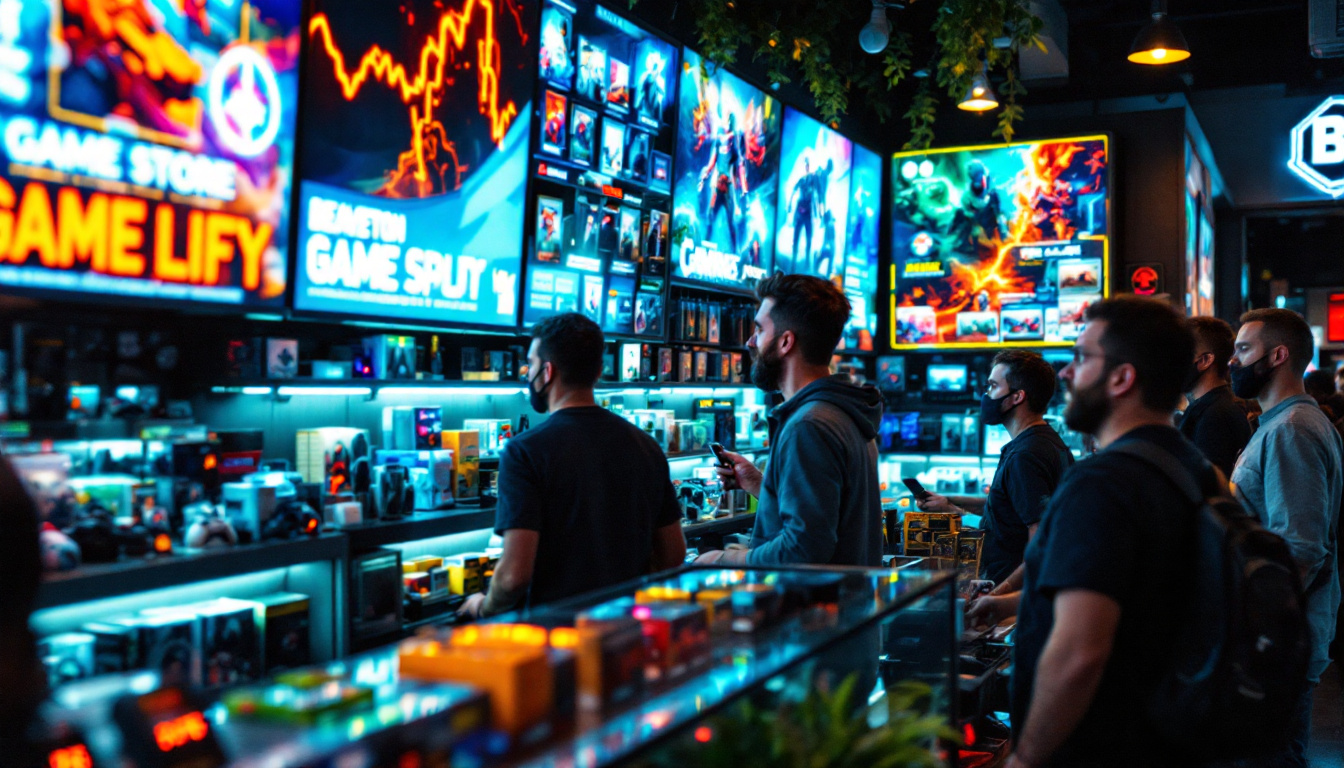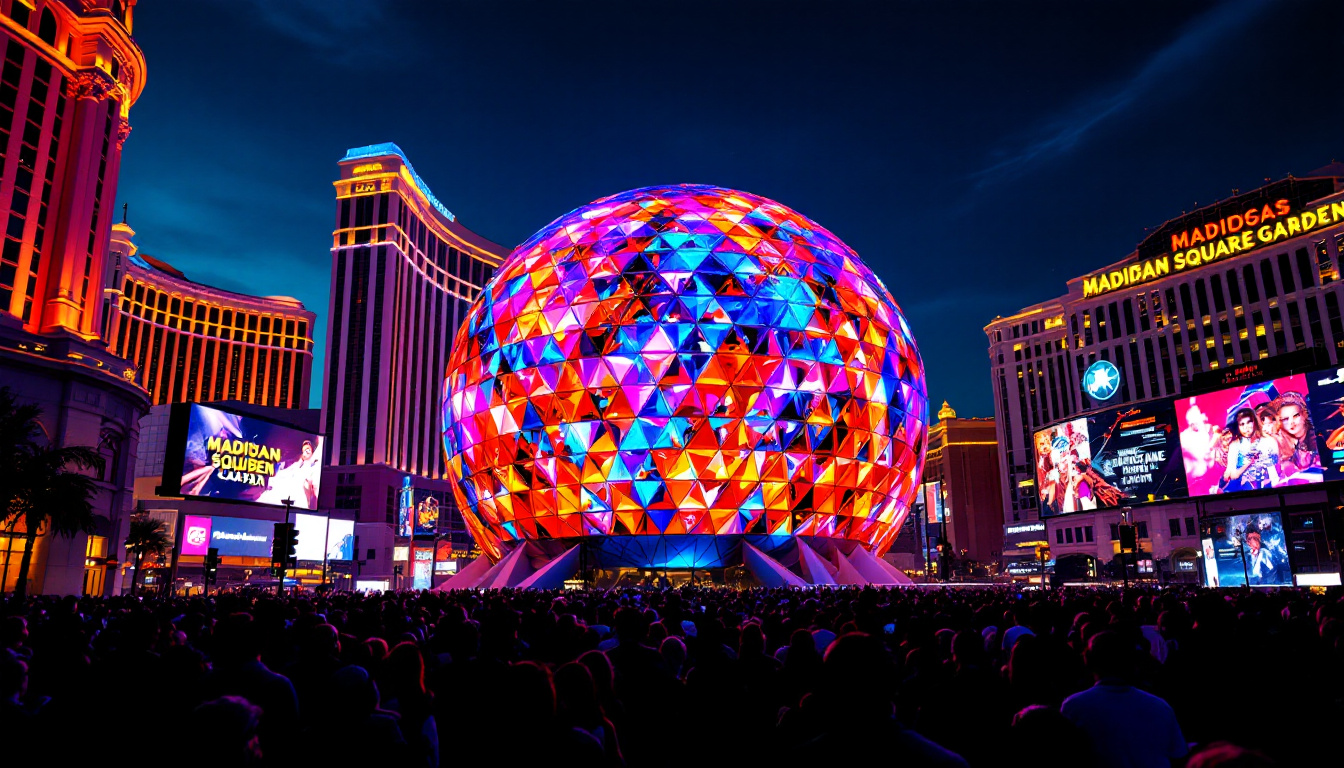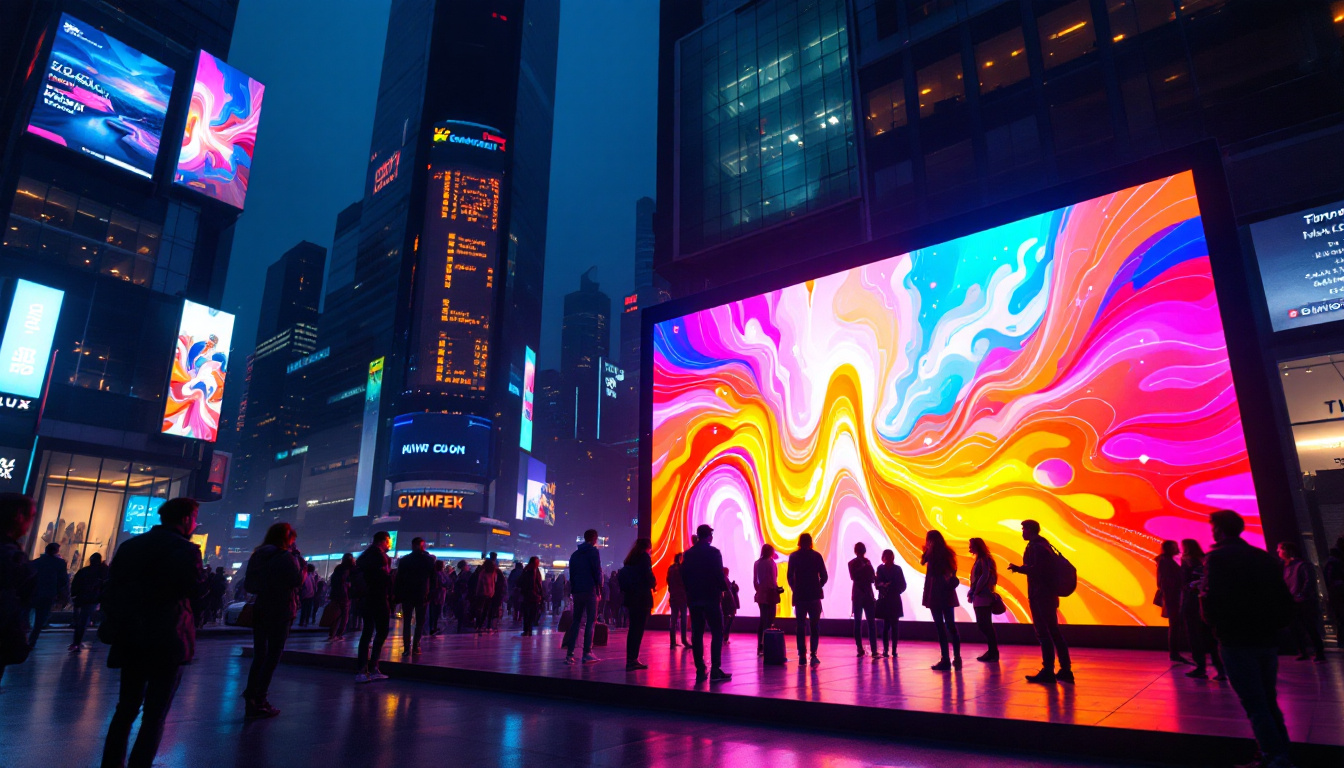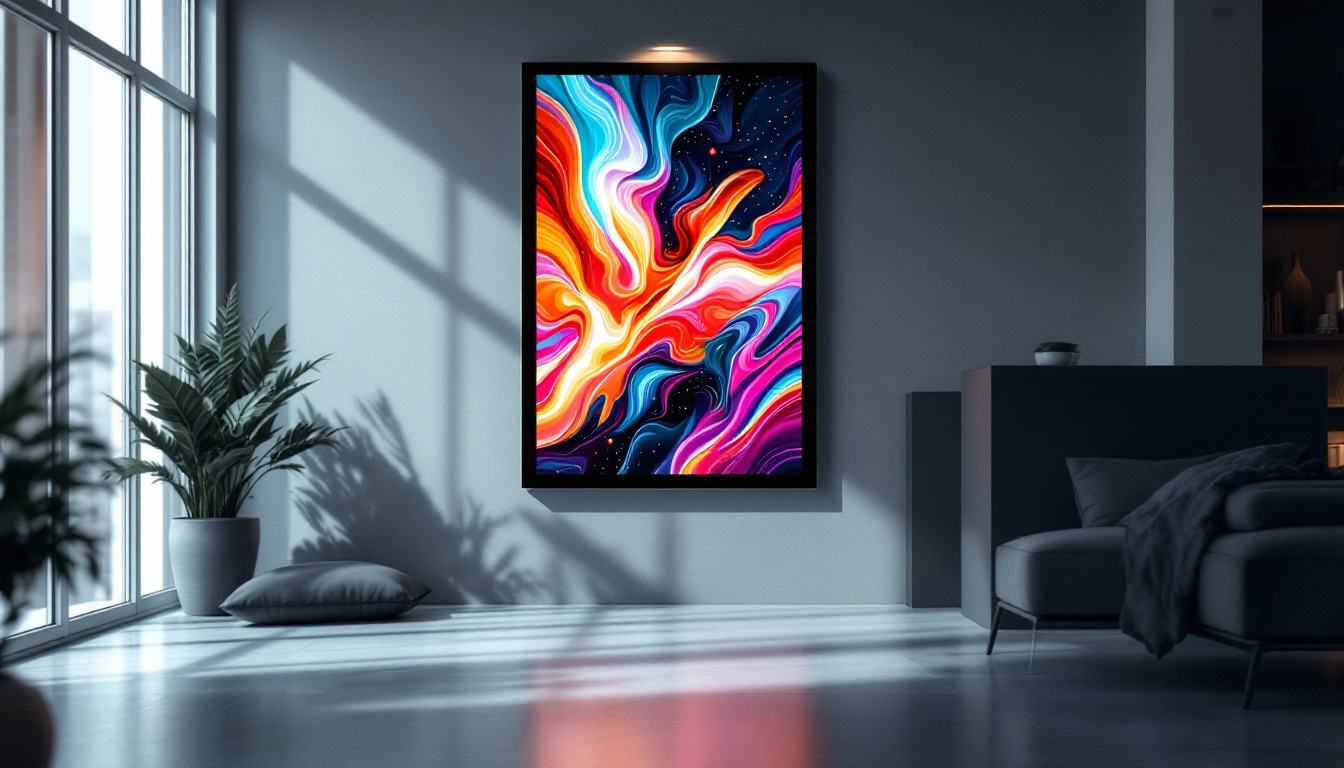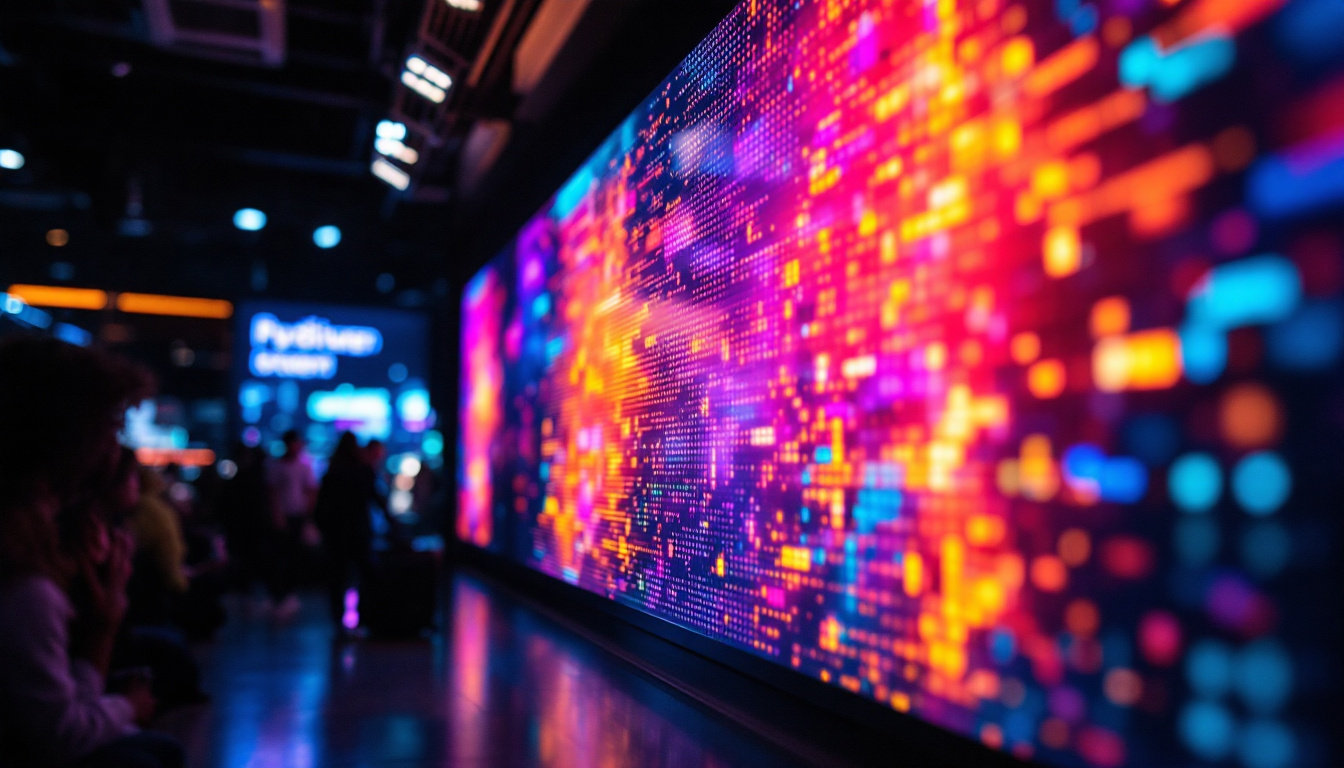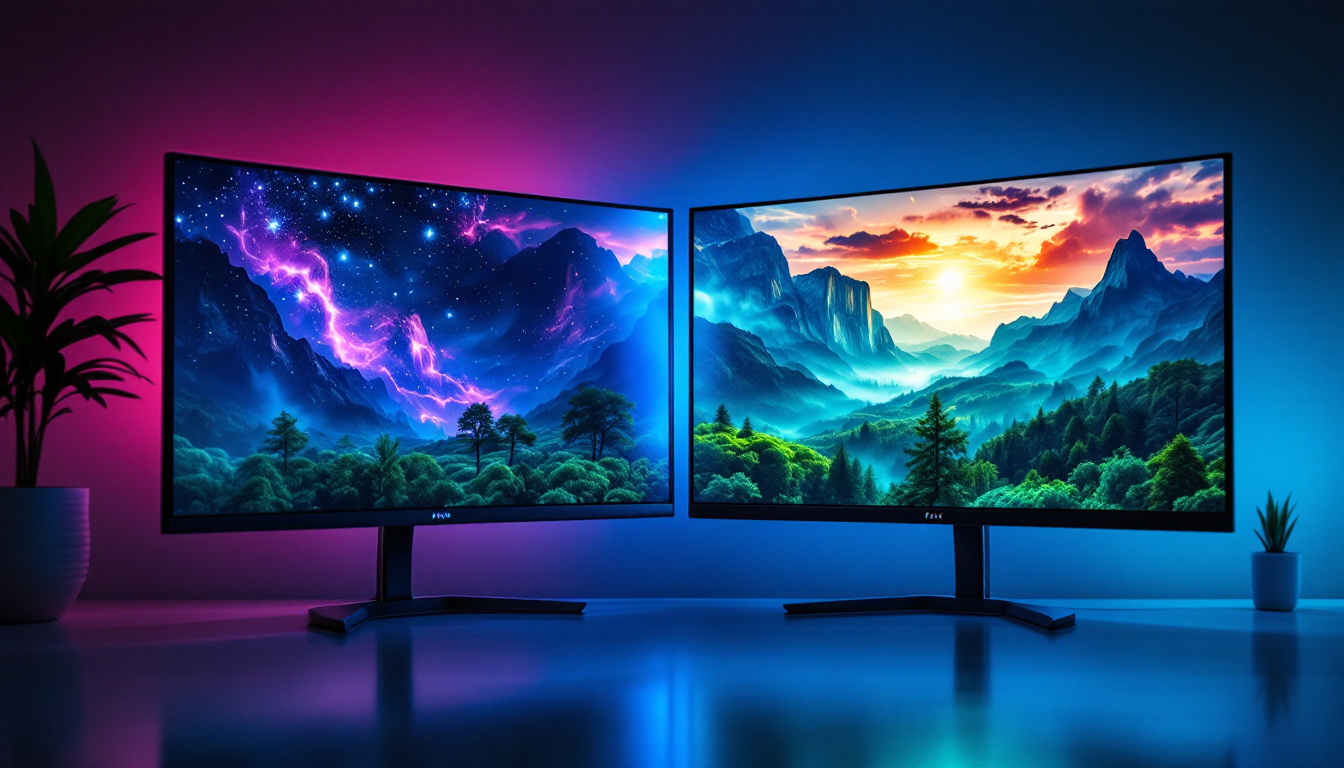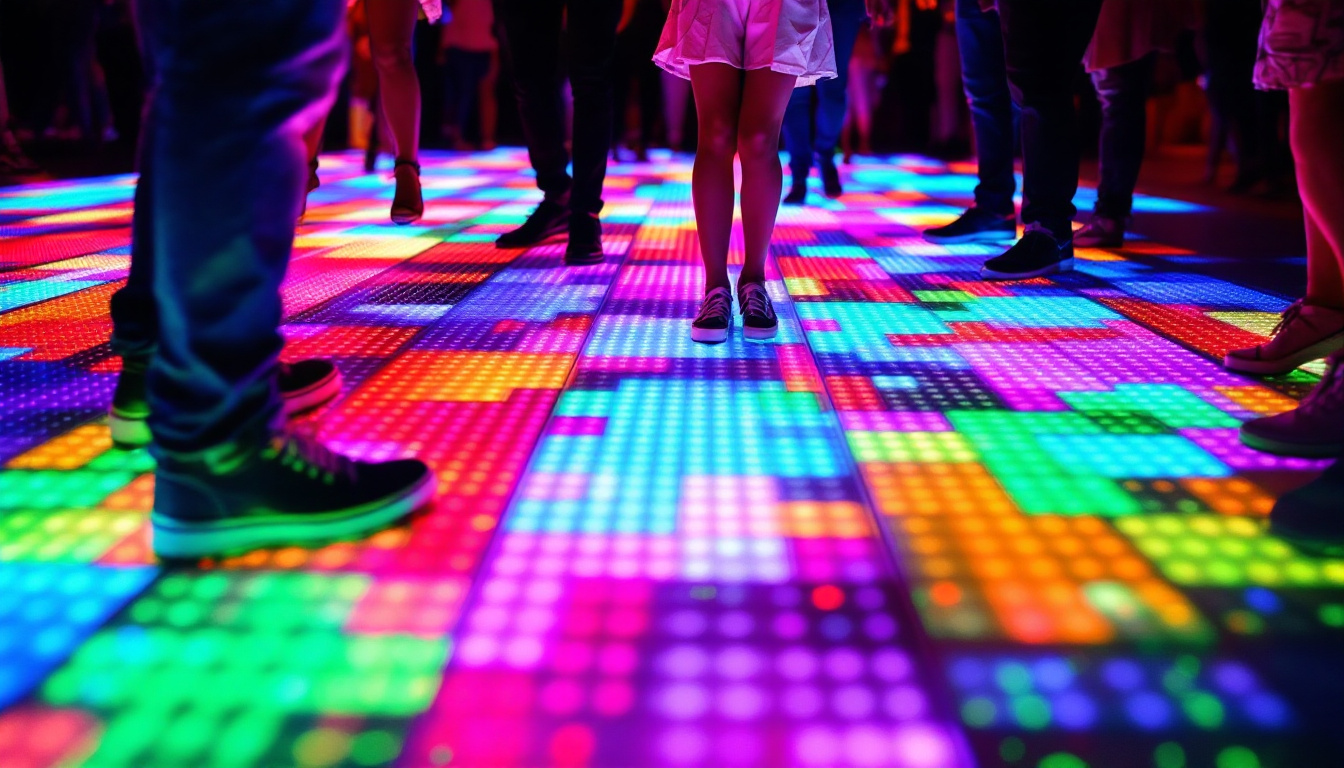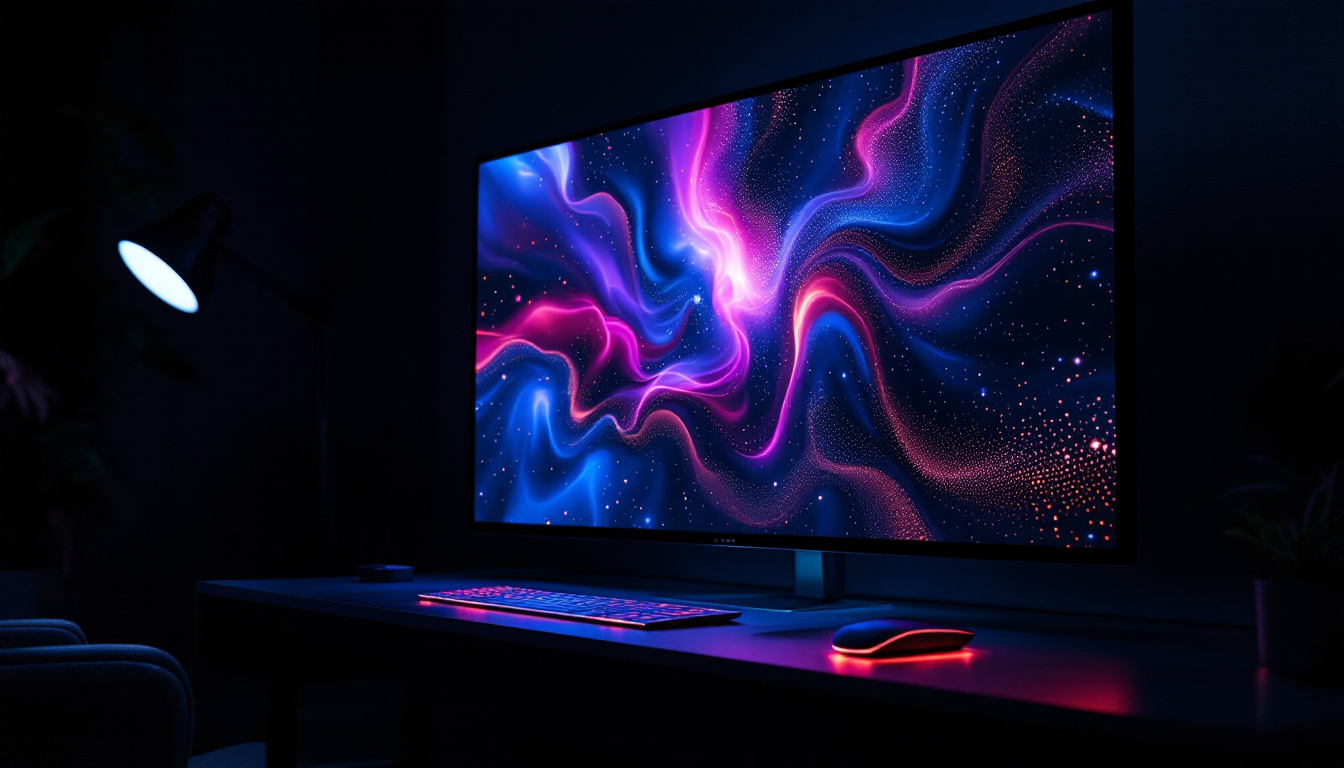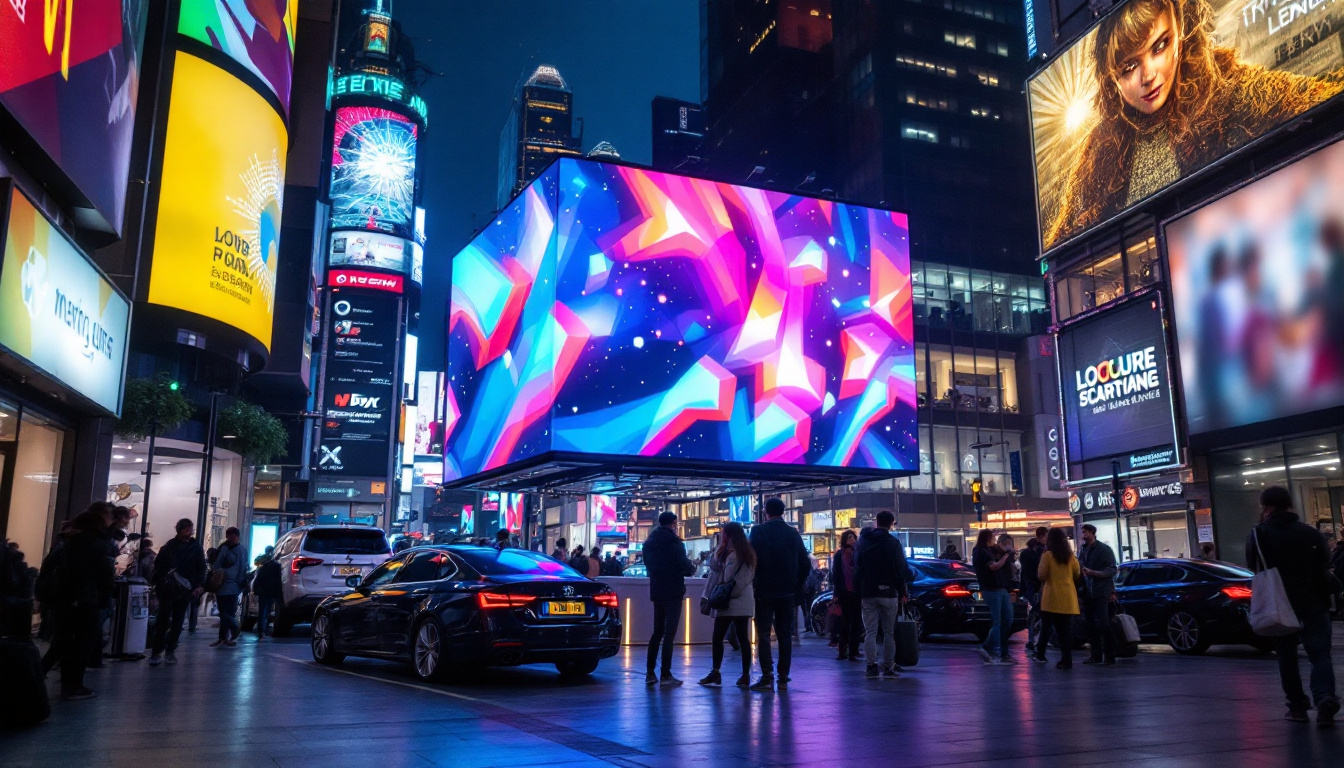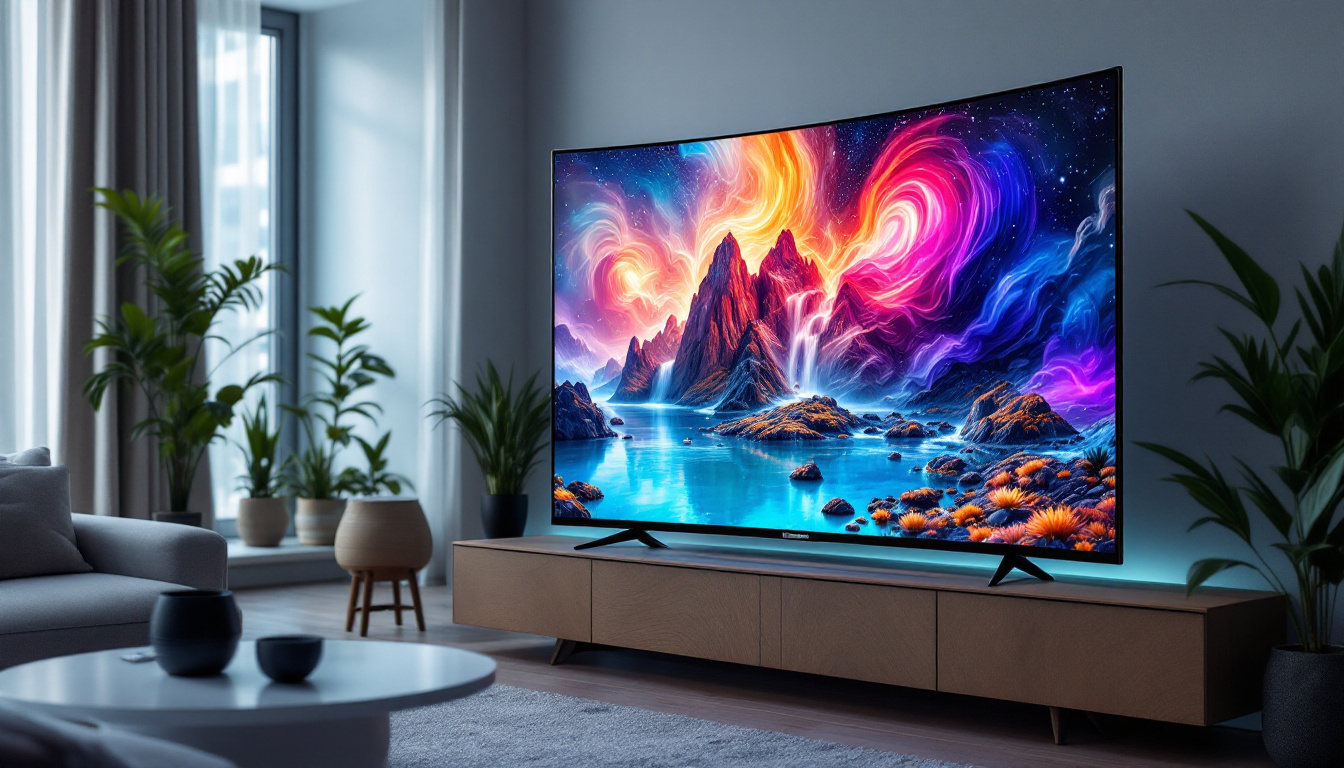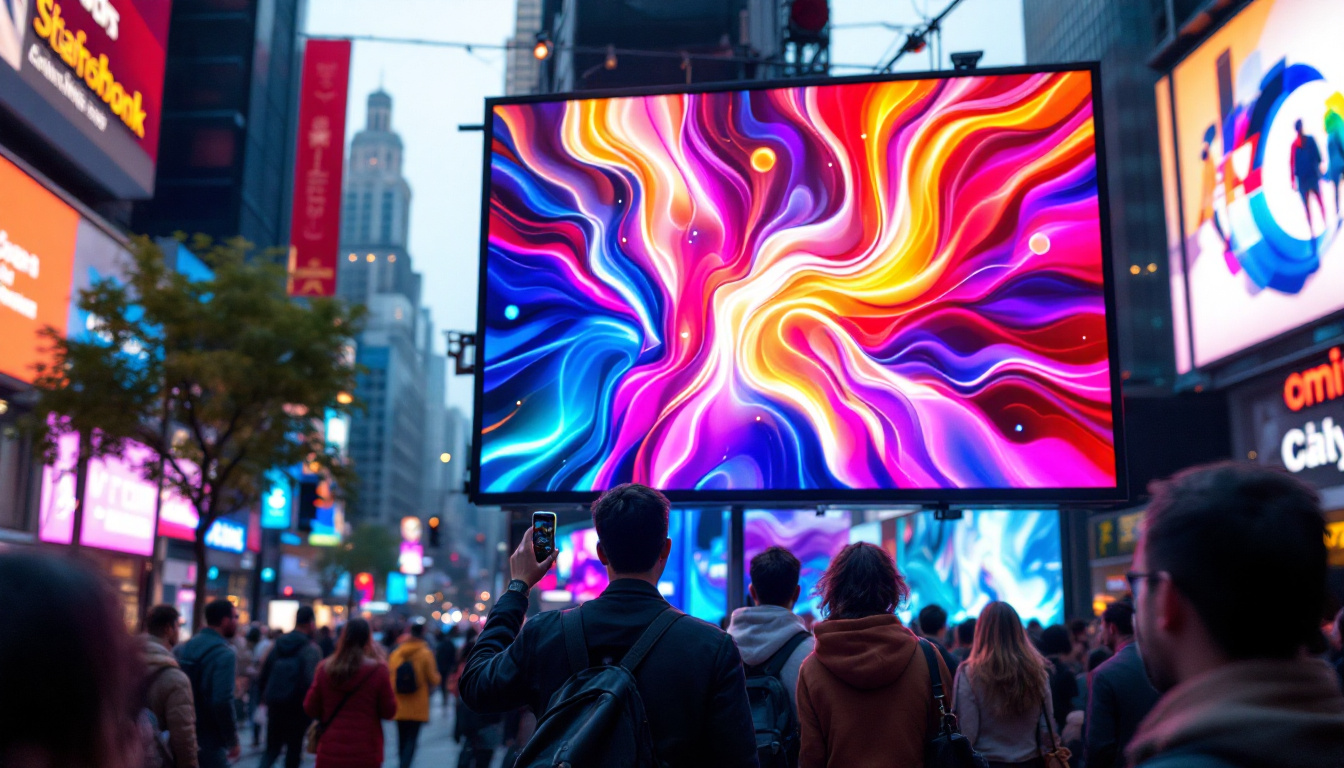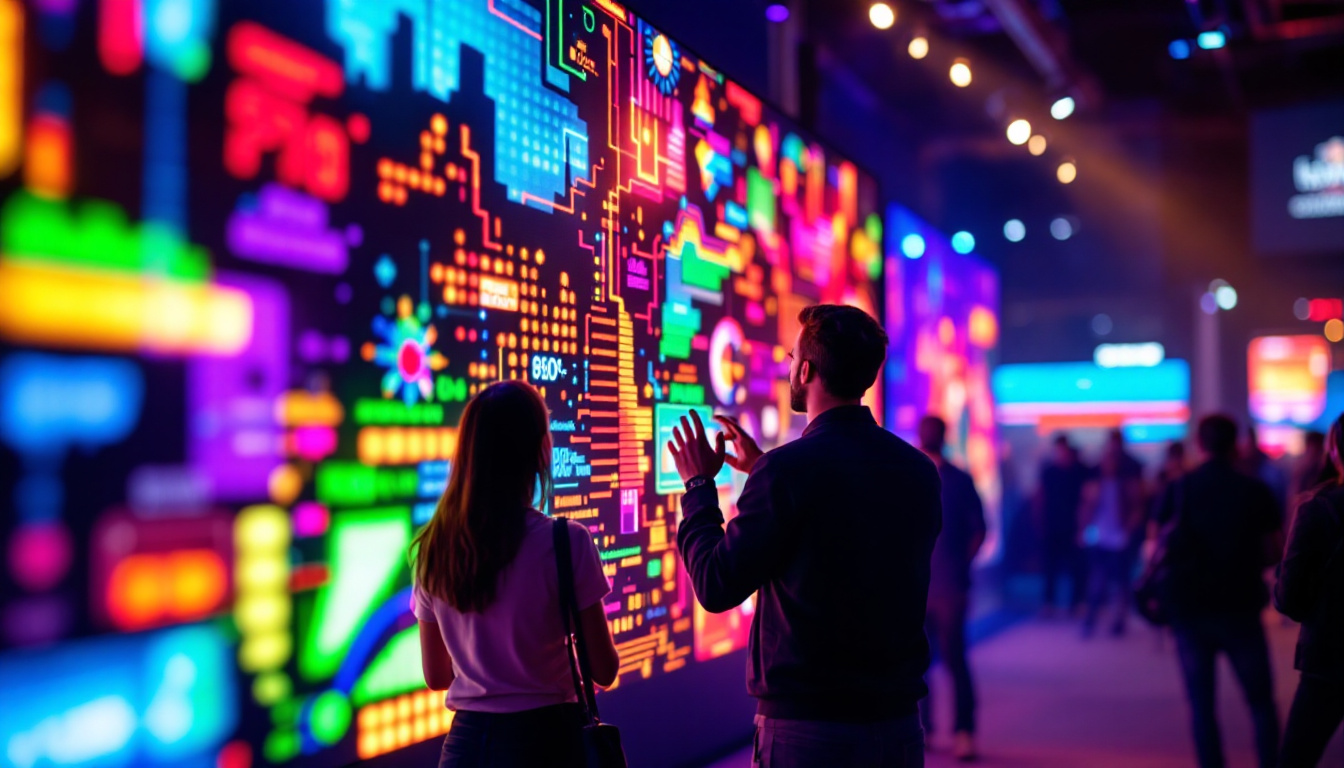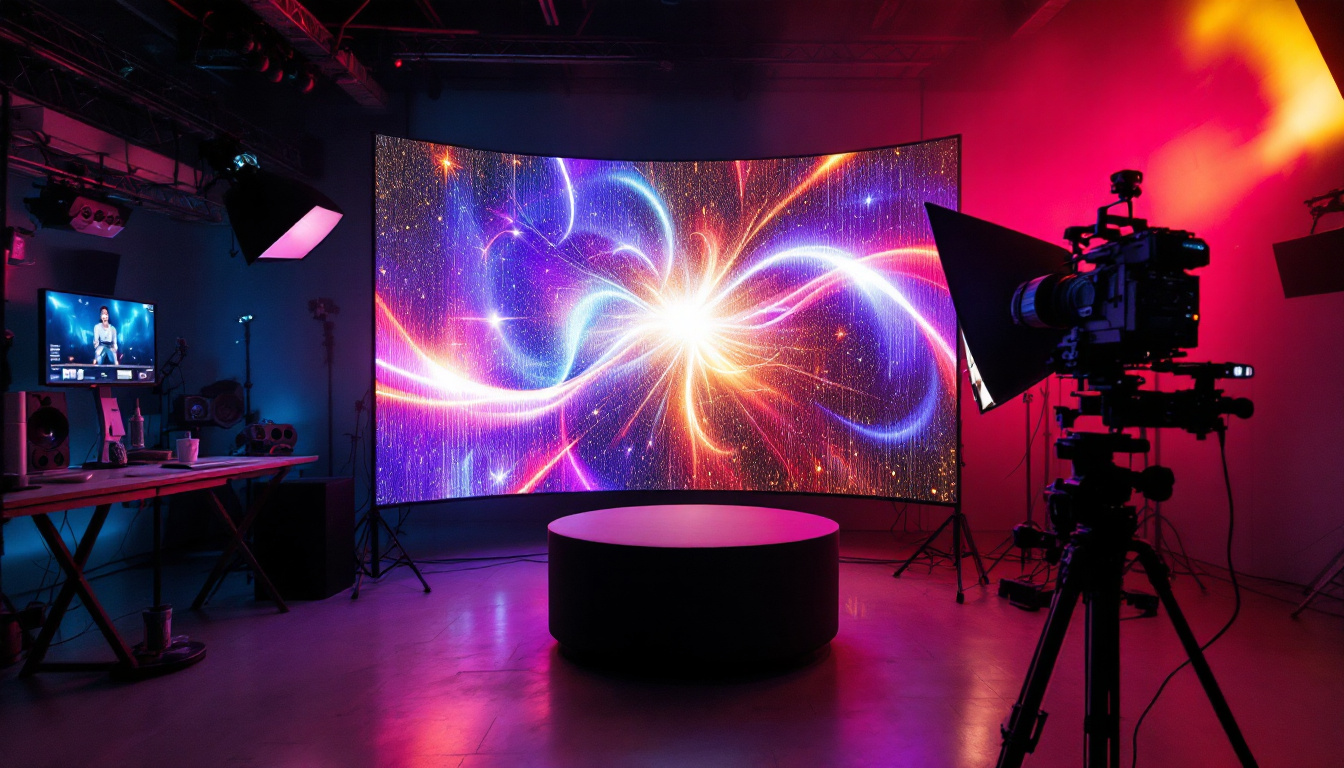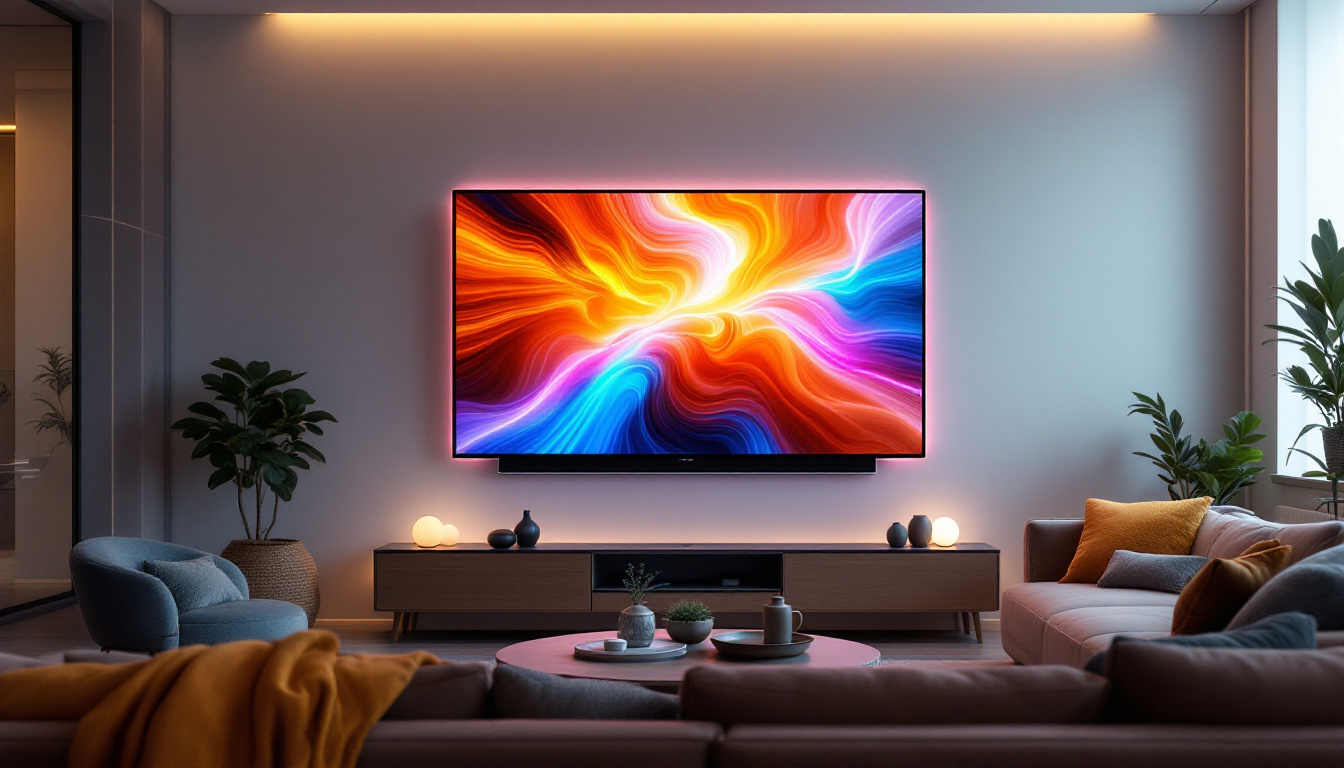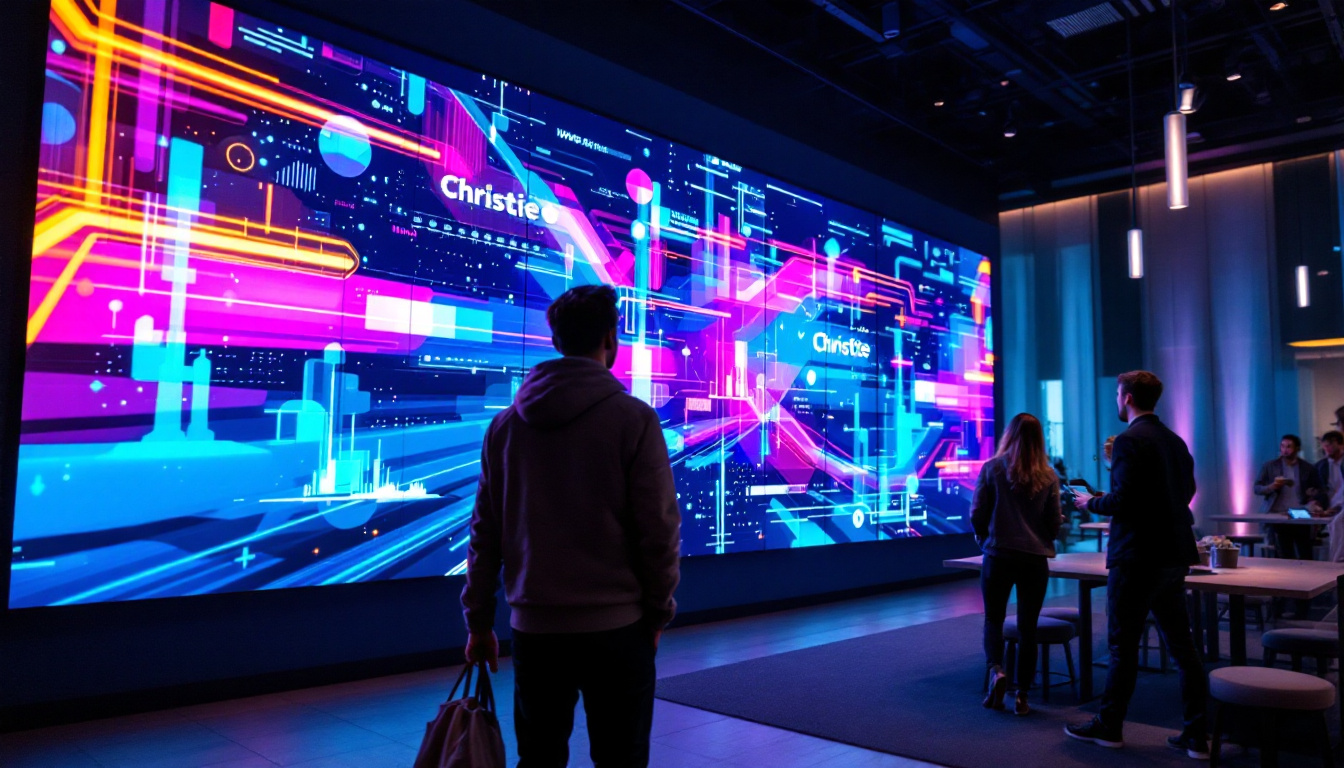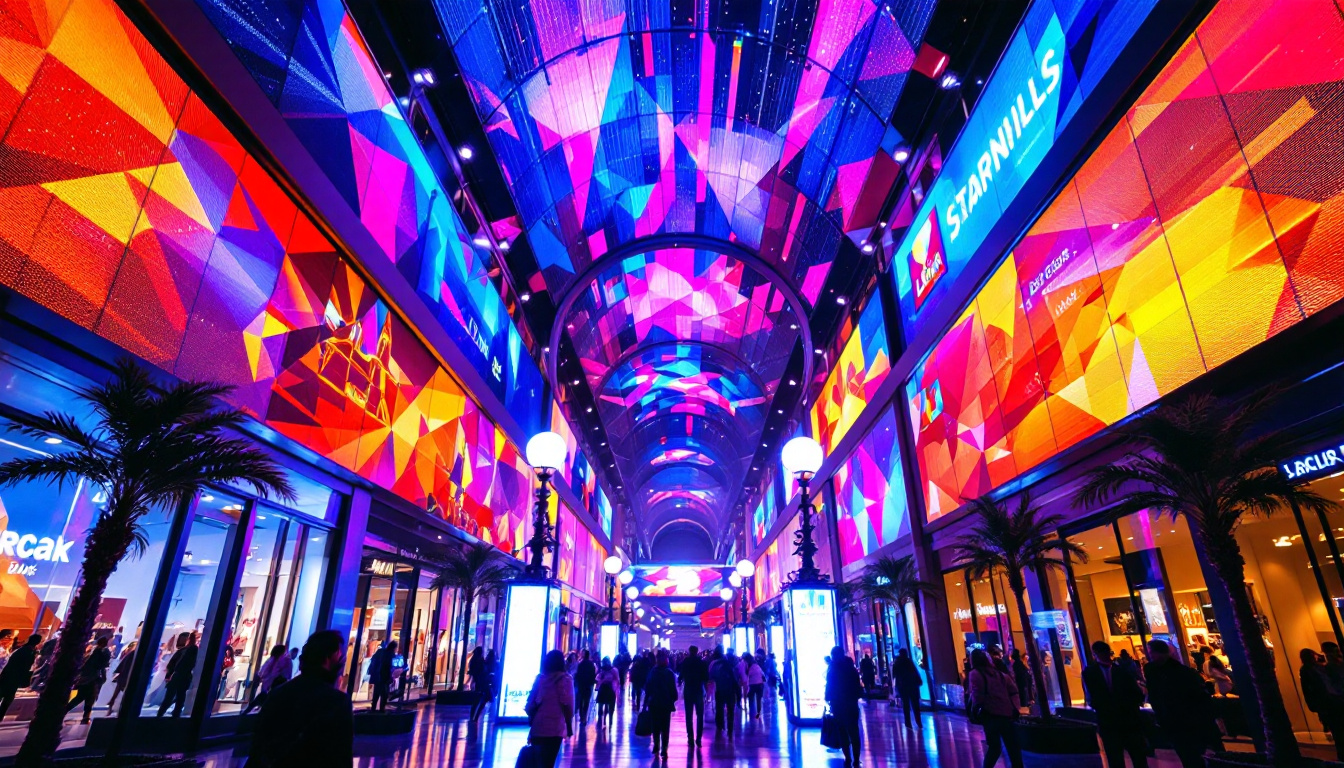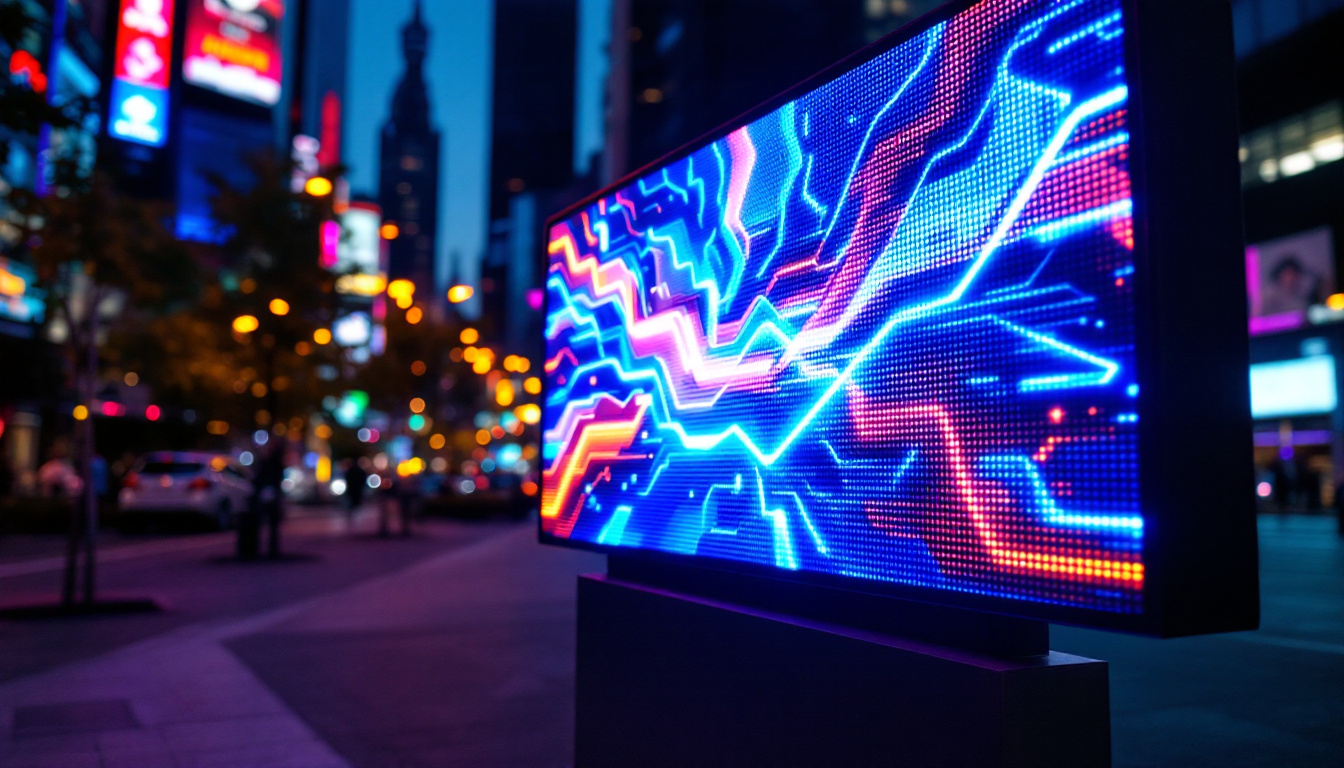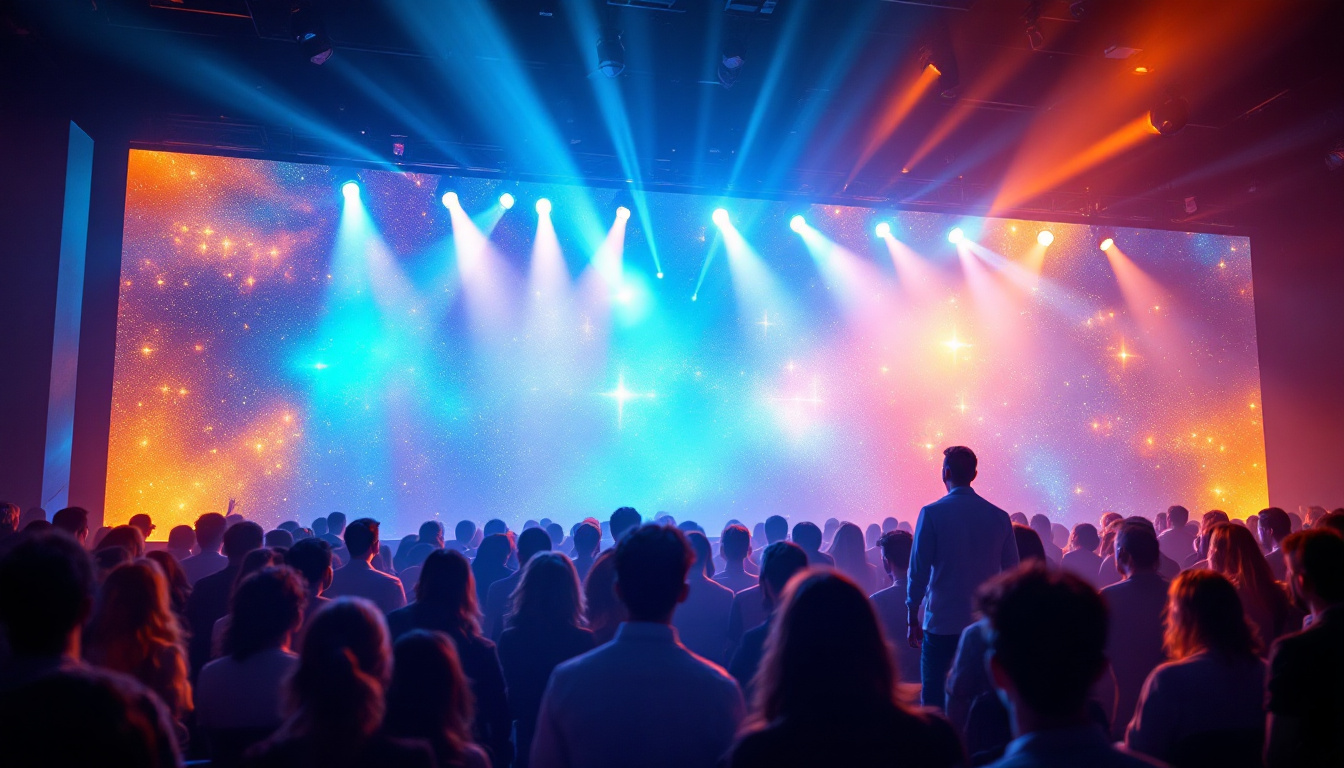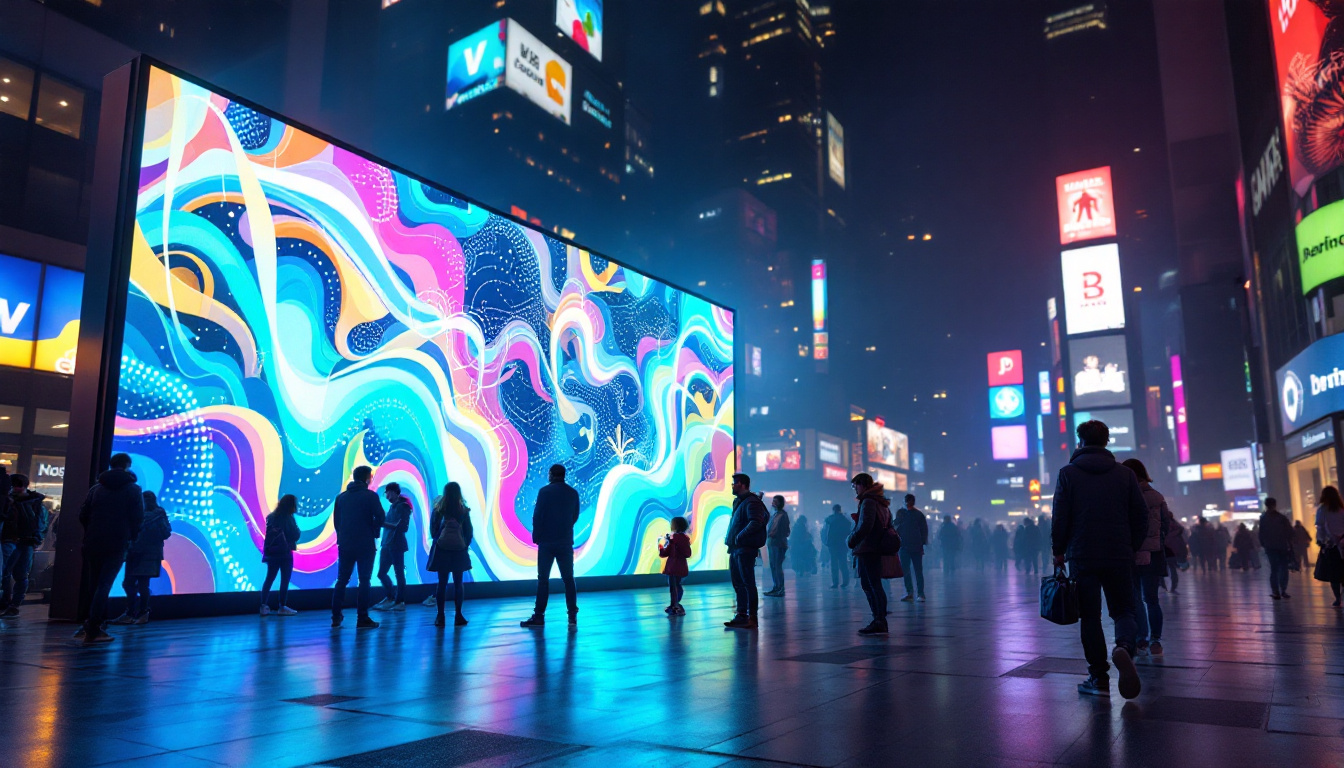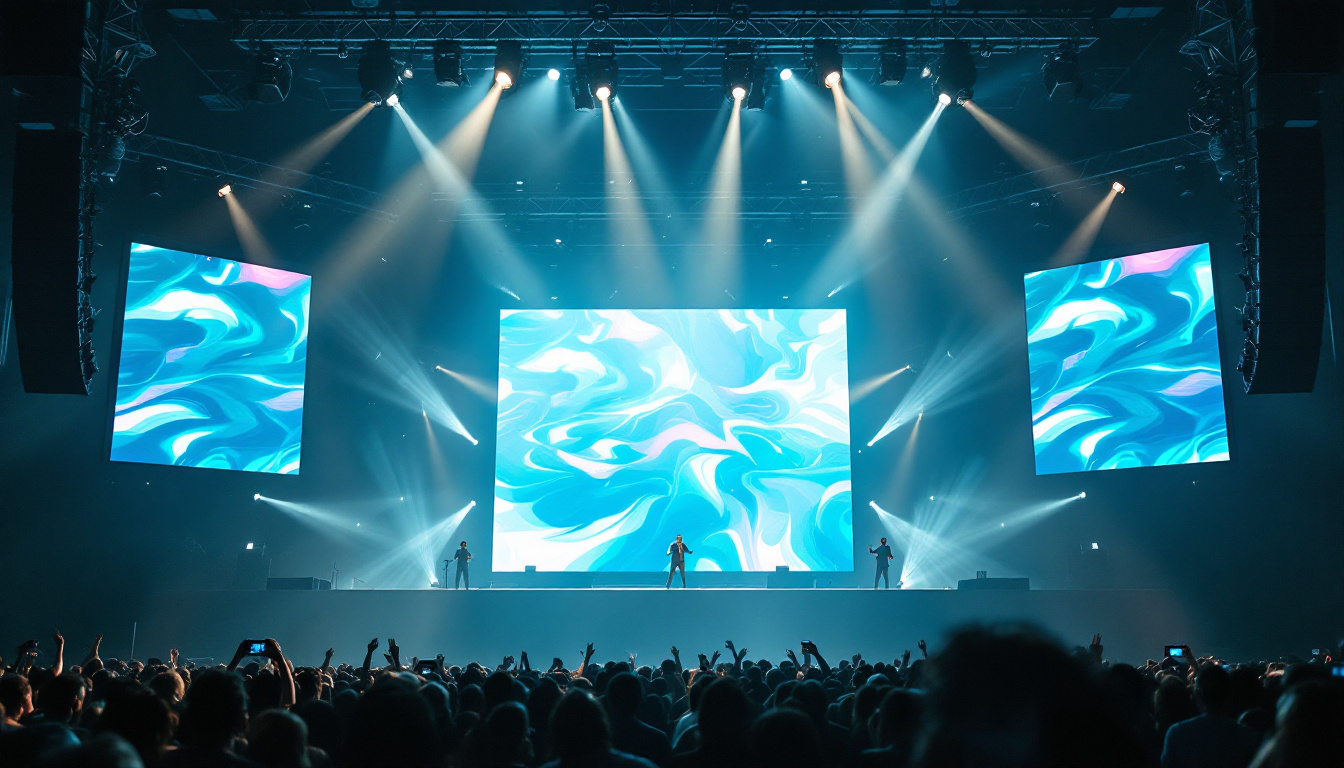Japan is known for its vibrant urban landscapes, where technology and tradition coexist harmoniously. Among the most striking features of these landscapes are the billboards that light up the streets, especially in bustling areas like Tokyo and Osaka. This article delves into the world of LED displays in Japan, exploring their evolution, technology, and cultural significance.
The Evolution of Billboards in Japan
Billboards have a long history in Japan, dating back to the Edo period when merchants used painted signs to attract customers. However, the modern era of advertising began in the late 20th century with the introduction of neon lights. As technology advanced, the transition to LED displays became inevitable, marking a significant shift in advertising strategies. This evolution reflects not only changes in technology but also shifts in consumer behavior and urban development, as cities became more densely populated and competition for attention intensified.
The Rise of Neon Lights
In the post-war era, neon signs became a symbol of urban life in Japan, particularly in entertainment districts. These vibrant lights not only illuminated the streets but also created a unique atmosphere that attracted both locals and tourists. Neon signs were relatively inexpensive to produce and could be customized easily, leading to their widespread adoption. Iconic locations like Shibuya and Dotonbori became renowned for their dazzling displays, turning these areas into cultural landmarks. The artistry involved in crafting neon signs also gave rise to a subculture of sign makers, who honed their skills to create intricate designs that captured the essence of the brands they represented.
The Shift to Digital Displays
As digital technology advanced, the limitations of neon signs became apparent. They lacked flexibility and could not easily adapt to changing advertisements. The introduction of LED displays in the early 2000s revolutionized the advertising landscape. LED technology offered brighter images, lower energy consumption, and the ability to change content quickly, making it a preferred choice for advertisers. This shift not only allowed for dynamic content but also enabled interactive advertising experiences, where passersby could engage with the displays through their smartphones or other devices. Major cities began to see the emergence of large-scale digital billboards that showcased everything from local events to international brands, further enhancing the competitive nature of urban advertising. The integration of augmented reality into these displays has also begun to blur the lines between physical and digital advertising, creating immersive experiences that captivate audiences in unprecedented ways.
Understanding LED Technology
LED, or Light Emitting Diode, is a semiconductor device that emits light when an electric current passes through it. This technology has transformed the way billboards are designed and displayed, allowing for dynamic and eye-catching advertisements. The evolution of LED technology has not only enhanced the aesthetics of outdoor advertising but has also paved the way for innovative marketing strategies that engage audiences in ways that static displays simply cannot.
How LED Displays Work
LED displays consist of numerous tiny diodes arranged in a grid pattern. Each diode can emit different colors, which combine to create a full spectrum of hues. This capability allows for high-resolution images and videos that can capture the attention of passersby. The displays can be programmed to show various content, from static images to animated videos, making them incredibly versatile. Additionally, advancements in LED technology have led to the development of full-color displays that can produce vibrant visuals, further enhancing the viewer’s experience. These displays can also incorporate sensors that adjust brightness based on ambient light, ensuring optimal visibility at any time of day.
Advantages of LED Billboards
One of the primary advantages of LED billboards is their energy efficiency. Compared to traditional neon signs, LED displays consume significantly less power, reducing operational costs for businesses. Additionally, their longevity means that they require less frequent replacements, further enhancing their cost-effectiveness. The durability of LED technology also means that these displays can withstand various weather conditions, making them a reliable choice for outdoor advertising.
Another advantage is visibility. LED displays are bright and can be seen from great distances, making them ideal for high-traffic areas. This visibility is crucial for advertisers looking to maximize their reach and impact. Furthermore, LED billboards can be updated remotely, allowing businesses to change their messaging in real-time based on current events or promotions. This flexibility not only keeps content fresh and relevant but also allows for targeted advertising strategies that can respond to audience behavior and preferences. As a result, LED technology continues to redefine the landscape of advertising, offering unprecedented opportunities for engagement and interaction.
The Cultural Impact of Billboards
In Japan, billboards are not just commercial tools; they are part of the cultural fabric. They contribute to the identity of urban spaces and influence the way people interact with their environment. The vibrant visuals and innovative designs serve not only to promote products but also to create a sense of place, often becoming landmarks in their own right. Tourists flock to areas like Shibuya Crossing, not only to experience the hustle and bustle of the city but also to marvel at the dazzling array of advertisements that define the skyline.
Billboards as Art
Many LED displays in Japan are designed with artistic flair, often incorporating elements of Japanese culture and aesthetics. This artistic approach transforms advertisements into visual spectacles that enhance the urban landscape. For example, in areas like Shibuya and Akihabara, billboards often feature anime characters, pop culture icons, and interactive elements that engage viewers. These displays are not merely static; they often change in real-time, creating a dynamic environment that reflects the fast-paced lifestyle of city dwellers. The integration of technology, such as augmented reality, allows passersby to interact with the advertisements in ways that were unimaginable just a few years ago, blurring the lines between art, entertainment, and commerce.
Influence on Consumer Behavior
The omnipresence of LED billboards in urban areas has a significant impact on consumer behavior. Bright, dynamic advertisements capture attention and can influence purchasing decisions. Research has shown that consumers are more likely to remember brands that utilize eye-catching displays, making LED billboards an effective marketing strategy. Moreover, the strategic placement of these billboards in high-traffic areas ensures that they reach a diverse audience, from local residents to international tourists. The psychological effects of color, movement, and sound in these advertisements can evoke emotions and create a sense of urgency, compelling individuals to act on impulse. This phenomenon is particularly evident during seasonal campaigns, where billboards promote limited-time offers or events, effectively driving foot traffic to nearby stores and restaurants.
Challenges and Regulations
Despite their advantages, LED billboards face challenges, particularly concerning regulations and public perception. As cities become more congested, the question of visual pollution arises. Local governments are tasked with balancing the needs of advertisers with the desire for aesthetically pleasing urban environments.
Regulatory Framework
In Japan, regulations surrounding billboards vary by prefecture and city. Some areas impose strict guidelines on the size, brightness, and content of advertisements. For instance, in historic districts, there may be restrictions to preserve the cultural heritage of the area. Advertisers must navigate these regulations carefully to avoid fines and ensure compliance.
Public Sentiment
Public sentiment towards LED billboards can be mixed. While many appreciate the vibrancy and energy they bring to urban areas, others express concerns about light pollution and distractions, particularly for drivers. This has led to ongoing discussions about the need for regulations that protect both advertisers and the community.
Future Trends in LED Advertising
The landscape of LED advertising in Japan is continually evolving, driven by advancements in technology and changing consumer preferences. As the industry moves forward, several trends are likely to shape the future of billboards.
Integration of AI and Data Analytics
One of the most exciting developments in LED advertising is the integration of artificial intelligence (AI) and data analytics. Advertisers can now analyze consumer behavior in real-time, allowing them to tailor content to specific audiences. This targeted approach increases the effectiveness of campaigns and enhances the overall consumer experience.
Interactive and Augmented Reality Displays
Another trend gaining traction is the use of interactive and augmented reality (AR) features in LED displays. These technologies allow consumers to engage with advertisements in new and exciting ways. For example, a billboard might use AR to let viewers see themselves in a virtual environment or interact with a brand in a gamified format. This level of engagement can create memorable experiences that resonate with consumers.
Case Studies: Iconic LED Billboards in Japan
To understand the impact of LED displays in Japan, examining iconic billboards can provide valuable insights. These billboards not only showcase innovative advertising techniques but also reflect cultural trends and consumer behavior.
The Glico Man in Osaka
One of the most famous LED billboards in Japan is the Glico Man in Osaka. This iconic display features a running man, representing the Glico candy company, and has become a symbol of the Dotonbori district. The Glico Man has undergone several transformations over the years, incorporating LED technology to enhance its visual appeal. Today, it serves as a popular photo spot for tourists and locals alike.
Shibuya Crossing Billboards
The billboards surrounding Shibuya Crossing are another prime example of LED advertising in action. This bustling intersection is known for its vibrant displays that change frequently, showcasing everything from fashion brands to entertainment events. The sheer scale and brightness of these billboards create a captivating atmosphere that draws crowds and enhances the overall experience of being in one of the busiest pedestrian crossings in the world.
Conclusion
LED displays have transformed the advertising landscape in Japan, offering businesses innovative ways to engage consumers while contributing to the vibrant urban culture. As technology continues to evolve, the potential for LED billboards will only expand, leading to more creative and interactive advertising solutions.
While challenges remain, particularly concerning regulations and public perception, the benefits of LED technology are undeniable. As Japan continues to embrace this dynamic form of advertising, it will be fascinating to see how billboards evolve and shape the cultural narrative of urban life.
In a country where tradition meets modernity, LED billboards stand as a testament to the innovative spirit of Japan, illuminating the streets with creativity and energy.
Illuminate Your Brand with LumenMatrix
As you’ve seen, LED displays are more than just advertising; they’re a canvas for creativity and a beacon for brand storytelling in Japan’s electrifying cityscapes. Embrace the future with LumenMatrix, a leader in LED display technology, and let your message shine in the most dynamic way possible. From Indoor and Outdoor LED Wall Displays to specialized solutions like Vehicle and Sports LED Displays, LumenMatrix offers a full spectrum of innovative products designed to captivate and engage. Experience the power of visual communication with our Transparent and Custom LED Displays, and see how our All-in-One solutions can transform your advertising strategy. Ready to light up the streets and leave a lasting impression? Check out LumenMatrix LED Display Solutions and join the revolution in digital signage.

